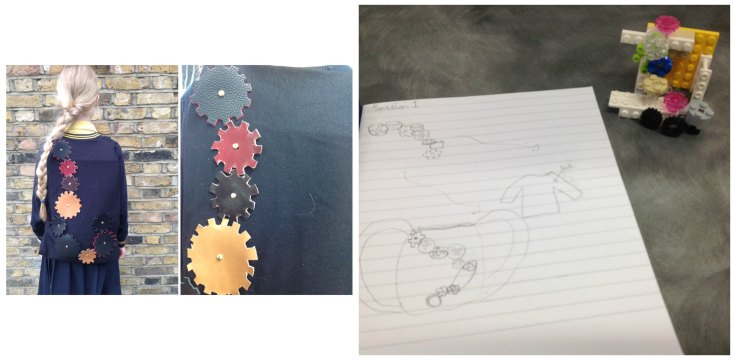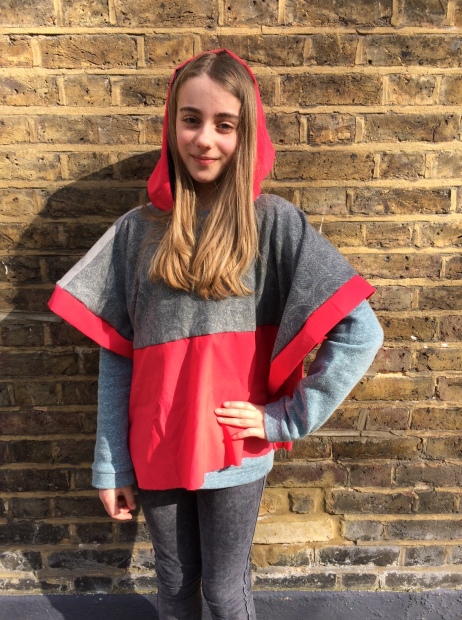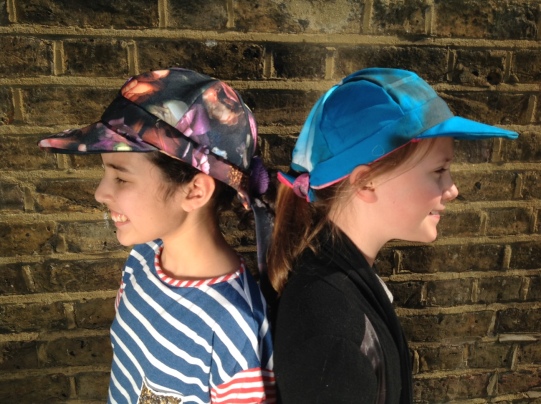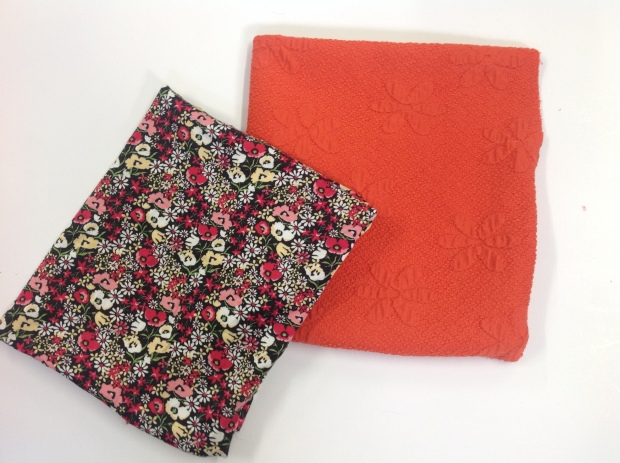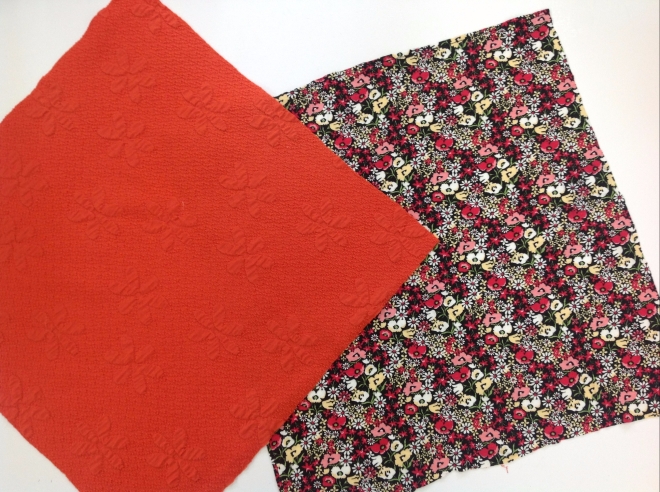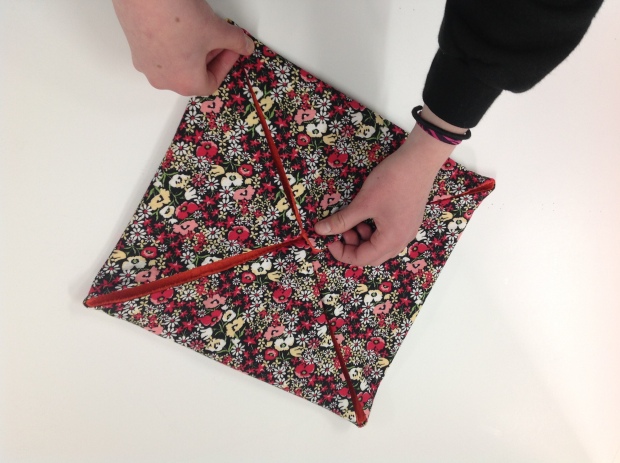Mental health, especially of the younger generation, has become an important concern. Mental health professionals often recommended mindfulness to help patients’ connect their bodies and minds and focus on the present.

Piece Astrid Jacoby made in tribute to her grandmother
“Mindfulness means knowing directly what is going on inside and outside ourselves, moment by moment,” and “reconnecting with our bodies” (NHS). It’s used to treat anxiety and depression because it “can help us enjoy the world around us more and understand ourselves better” (NHS). Furthermore, by making people more aware of their thought processes, it highlights “[streams] of thoughts…that are not helpful” (NHS). “Research also shows positive effects on several aspects of whole-person health, including the mind, the brain, the body, and behaviour, as well as a person’s relationships with others” (Be Mindful).

Hand made pillow decor created at Little Hands
There’s a variety of different ways to practice mindfulness, including several creative outlets. Mindfulness through creative outlets that involve having people use their hands “provides psychological benefits” (Barron). For example, “research has shown that hand activity from knitting to woodworking…are useful for decreasing stress, relieving anxiety, and modifying depression” (Barron). “More than half of the brain’s cortex is mapped to the hand,” so “our hands need to be engaged for our brains to be healthy” (Gupta).

Students working with their hands
Everyone can benefit from practicing mindfulness, but it’s particularly “deeply beneficial for” teens (Youth Mindfulness). “One in 10 people aged 16 and under has a mental health problem in the UK, with nearly 80,000 young people suffering from depression” (Wright). Mindfulness “[helps] them cultivate empathy, as well as skills for concentration and impulse control,” which helps teens “navigate the challenges of adolescence”(Beach).
In 2014, two former Little Hands students, Sophia Parvizi Wayne and Amber Van Dam, campaigned “to have mental health taught as part of the national curriculum…after the pair saw first-hand the effects of anorexia” (Wright). As a result of their “almost year-long battle…mental health will be taught in PSHE lessons” (Wright). Schools will also be advised “on how to make the lessons ‘a place where mental health needs are identified and support is provided sympathetically’” (Wright).

Hand stitched embroidery created at Little Hands Design
Creating something with their hands can be therapeutic for teens overcoming mental health challenges. Lola, a fourteen-year-old LHD student recovering from anorexia, “struggles with body image, mood swings and the constant feeling of judgment” (Little Hands). “Around 1 in 250 women and 1 in 2,000 men will experience anorexia nervosa at some point,” so practices like mindfulness are incredibly beneficial for young people like Lola (NHS). For example, Lola says she feels “at peace” when she is at Little Hands because “it’s a space for her to focus on herself and no one around her” (Little Hands).
Mindfulness is a handy tool for people who want to improve their mental health through creative outlets that involve using their hands. At Little Hands Design, the benefits of mindfulness are represented in the emotional growth of our students.














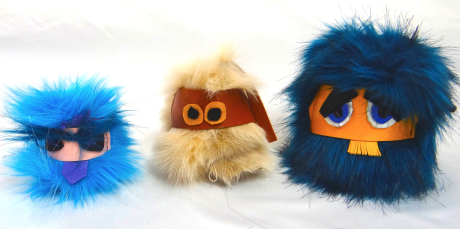













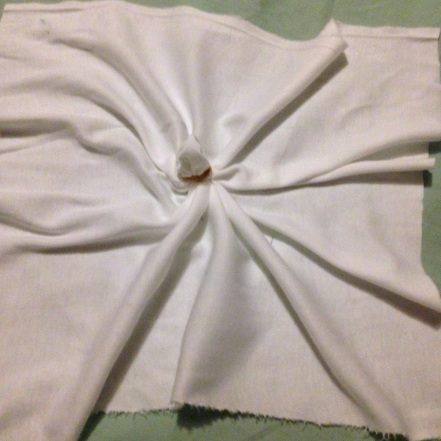













![FullSizeRender[1]](https://littlehandsdesign.wordpress.com/wp-content/uploads/2017/05/fullsizerender1.jpg?w=538&h=593)


